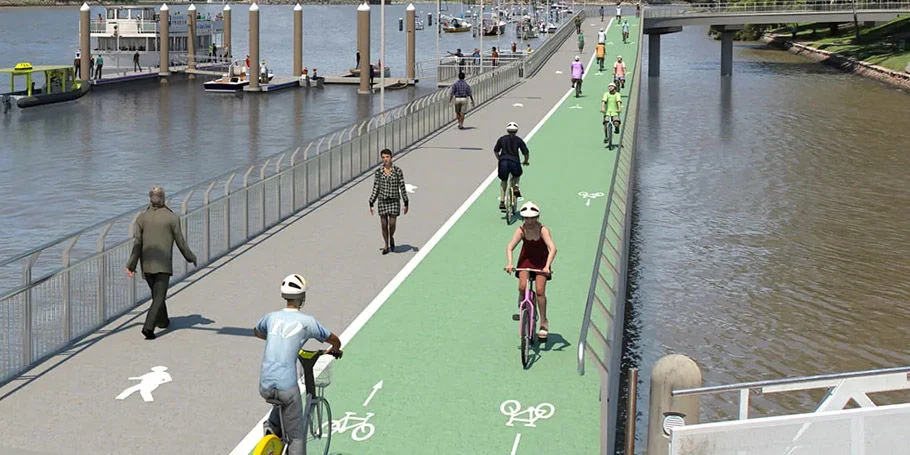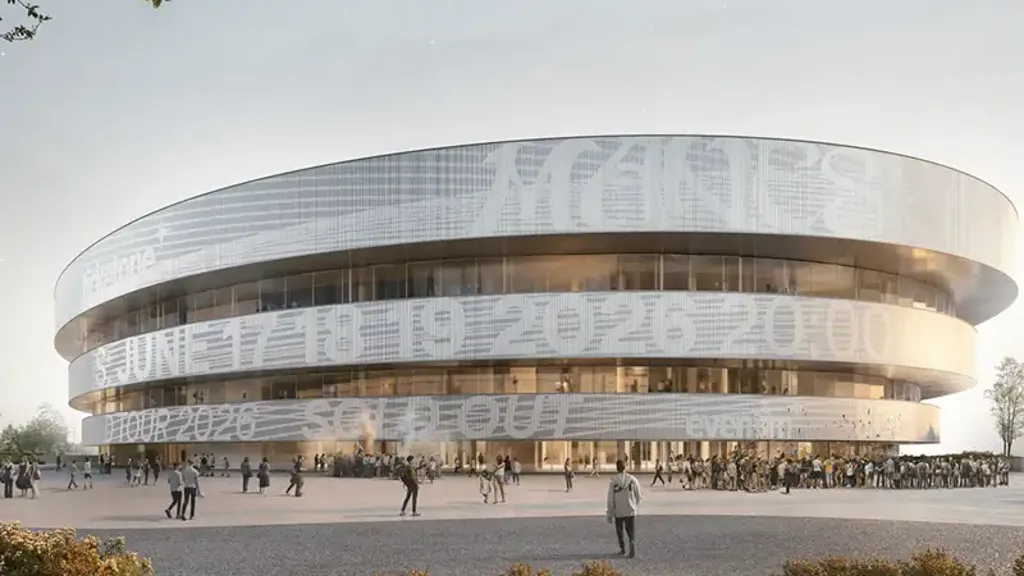Lima 2019 needed to deliver Peru’s first international-standard aquatics centre in a short time. The aim was to create an efficient and affordable venue that would represent a sustainable legacy beyond the Games.
The centre was located in Videna, one of the largest sites for the Pan American and Parapan American Games.
Having been involved in helping to deliver a number of major aquatics venues around the world including London 2012, we collaborated with venue designers to adopt a 'whole systems approach' to accommodate Peru’s first international standard aquatics centre. Working with short time-scales, we focused on creating an efficient and affordable legacy venue utilising a combination of fabrication methods and temporary facilities for the aquatics centre.
Hosted in Videna, one of the largest sites for the Pan American and Parapan American Games, we reviewed the space and layout of the building and proposed ideas to ensure the facility was built on time without compromising on the quality.
Ideas included reducing the overall size of the permanent building and the number of permanent seats and introducing temporary seating as an alternative. This resulted in simpler and more cost-efficient construction, to facilitate a sustainable legacy after the Games complete.
Creative an effective design
To help understand the complex level issues of the site, venue requirements and crowd flows, Arup created a 3D study model which identified ways to improve spectator and athletes’ accessibility. This exercise helped the design and build contractors inherit a more resolved design.
By supporting the contractor team’s proposal to use a prefabricated stainless-steel pool in lieu of an in situ concrete pool, typically used in Peru, the construction and installation time was greatly reduced, enabling the venue to be completed according to programme.
The completion of the first Olympic-size swimming pool has been recognised as a major milestone in the Peruvian capital.









